There's something magical about a pot of beef ragu simmering on the stove, filling your kitchen with the most incredible aroma. This classic Italian dish has been warming hearts and satisfying appetites for generations, and I'm thrilled to share my version with you today. Whether you're looking for the perfect Sunday dinner or a make-ahead meal that tastes even better the next day, this beef ragu delivers every single time.
Making beef ragu at home might sound intimidating, but trust me, it's one of those recipes that practically cooks itself. The key is patience and letting those beautiful flavors develop slowly. Once you master this beef ragu, you'll never want the jarred stuff again. It's rich, hearty, and absolutely perfect tossed with your favorite pasta or spooned over creamy polenta.
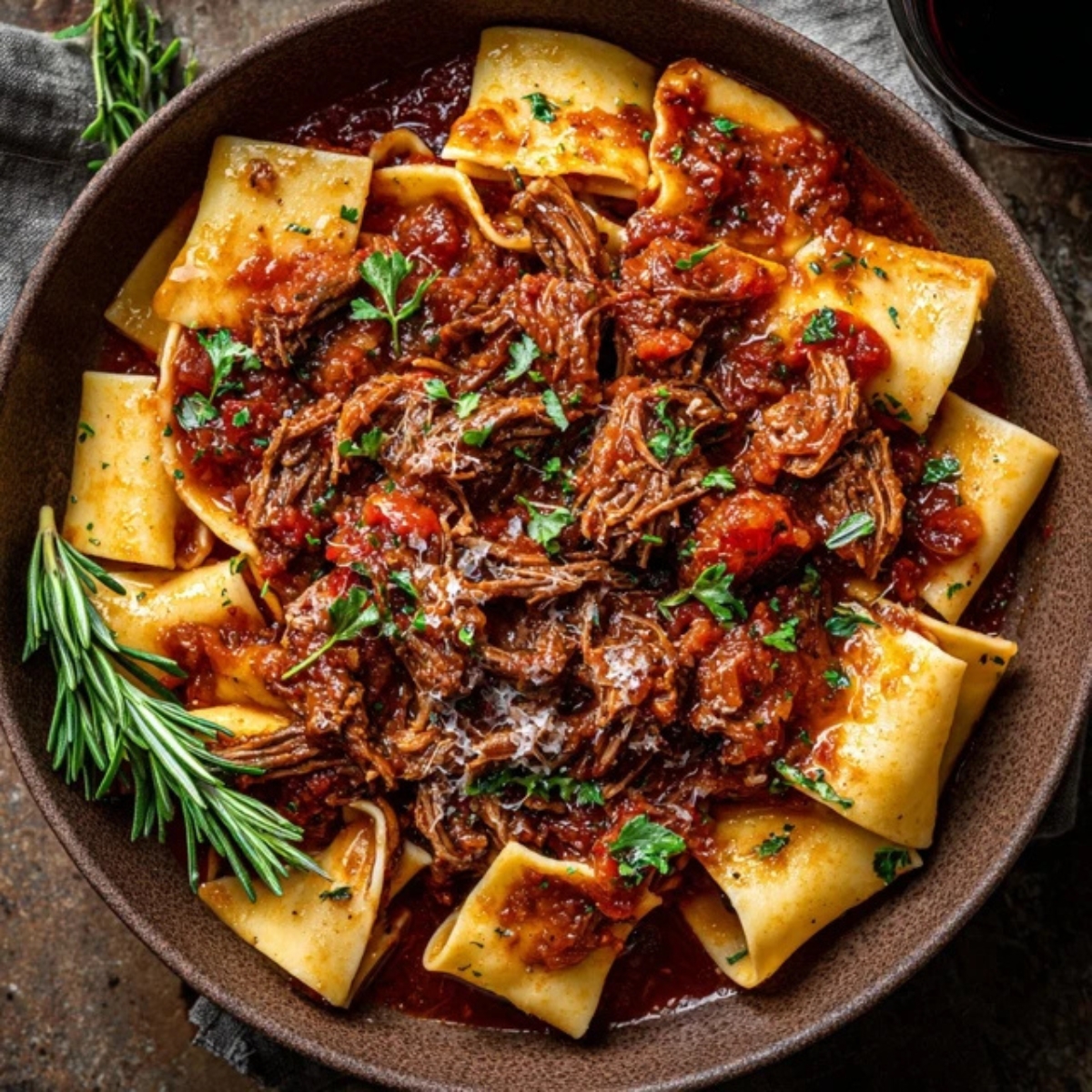
Why This Beef Ragu Recipe Stands Out
What makes this beef ragu special is the combination of slow braising and the perfect balance of herbs, wine, and tomatoes. Unlike quick meat sauces, authentic beef ragu takes time to develop its deep, complex flavors. The meat becomes so tender it practically melts into the sauce, creating that signature texture that makes Italian beef ragu so irresistible. I've tested this recipe dozens of times to get the timing and seasoning just right.
This isn't just another pasta sauce; it's a labor of love that rewards you with incredible taste. The beauty of beef ragu is its versatility, whether you're making it in a Dutch oven, slow cooker, or Instant Pot. You'll get that same restaurant-quality result at home. Plus, this recipe makes a generous amount, so you can freeze portions for those busy weeknights when you need something comforting and delicious without the effort.
Jump to:
Ingredients
For the Beef Ragu:
- Beef chuck roast, cut into 2-inch chunks
- Olive oil
- Onion, finely diced
- Carrots, finely diced
- Celery stalks, finely diced
- Garlic cloves, minced
- Tomato paste
- Red wine (use a good quality wine you'd drink)
- Crushed tomatoes
- Beef stock
- Bay leaves
- Fresh thyme
- Sprigs fresh rosemary
- Salt
- Black pepper
- Dried oregano
- Fresh parmesan for serving
- Fresh basil for garnish
Substitution Options:
You can swap beef chuck for beef short ribs, beef brisket, or even beef stew meat. For a dairy-free version, skip the parmesan or use a plant-based alternative. If you don't have fresh herbs, use 1 teaspoon dried thyme and ½ teaspoon dried rosemary.
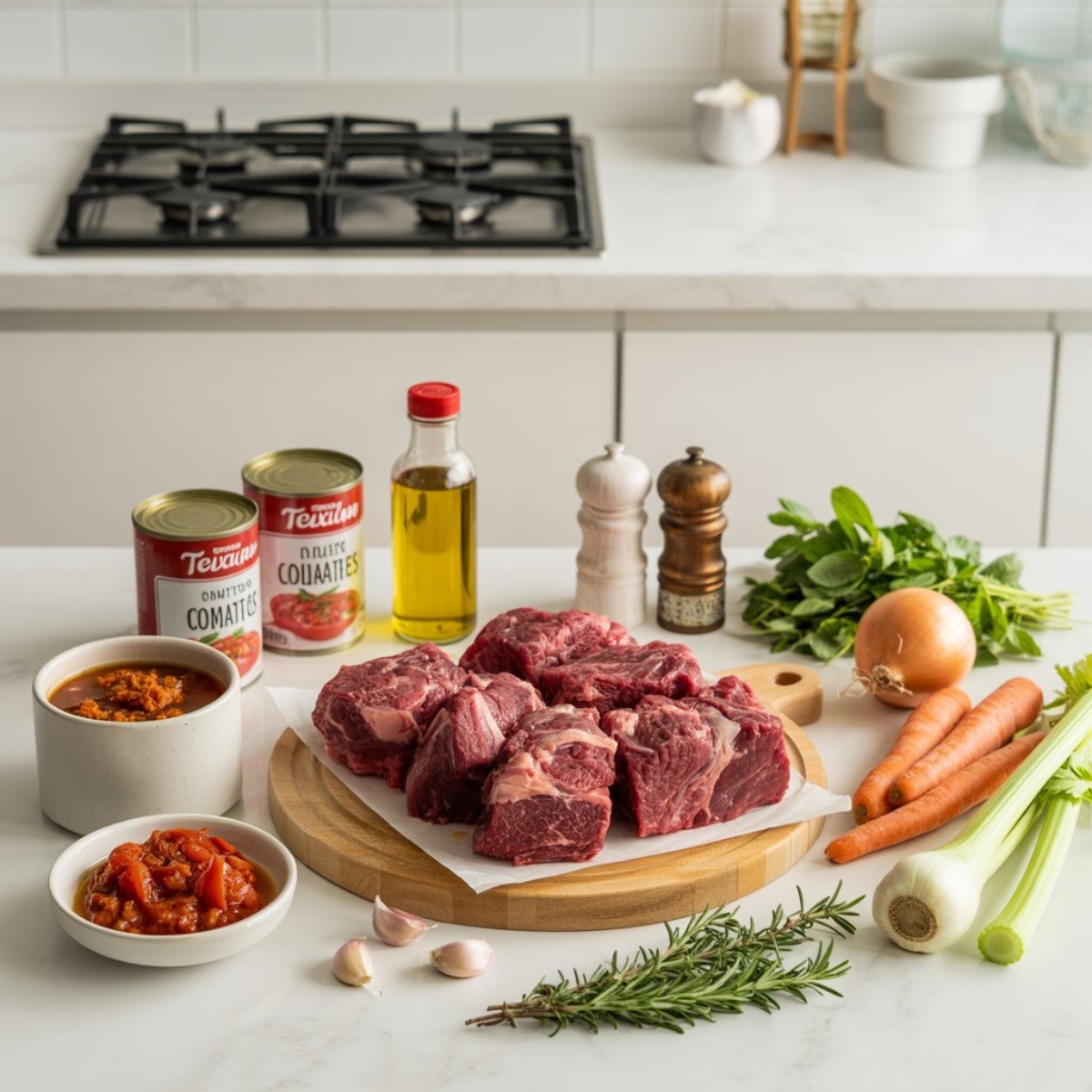
See recipe card for quantities.
Instructions
Step 1; Prepare and Sear the Beef
- Pat the beef chunks completely dry with paper towels; this ensures proper browning.
- Season the meat generously on all sides with salt and pepper.
- Heat olive oil in a large Dutch oven over medium-high heat until shimmering.
- Working in batches, sear the beef chunks for 3-4 minutes per side until deeply browned.
- Remove the seared beef to a plate and set aside; don't skip this step as it builds incredible flavor.
Step 2; Build the Flavor Base
- Reduce heat to medium and add diced onions, carrots, and celery to the same pot.
- Cook the vegetables for 8-10 minutes, stirring occasionally, until softened and lightly caramelized.
- Add minced garlic and tomato paste; cook for 2 minutes while stirring constantly.
- Pour in the red wine and use a wooden spoon to scrape up all those delicious browned bits from the bottom.
- Let the wine reduce by half, which takes about 5 minutes and concentrates the flavors.
Step 3; Slow Cook the Beef Ragu to Perfection
- Return the seared beef and any accumulated juices back to the pot.
- Add crushed tomatoes, beef stock, bay leaves, thyme, rosemary, and oregano.
- Bring everything to a gentle simmer, then reduce heat to low.
- Cover the pot and let it cook for 3-4 hours, stirring every 45 minutes.
- The beef ragu is ready when the meat shreds easily with two forks.
- Remove the bay leaves and herb sprigs before serving.
Step 4; Finish and Serve
- Using two forks, shred the beef directly in the pot; it should fall apart effortlessly.
- Taste and adjust seasoning with additional salt and pepper if needed.
- Let the beef ragu rest for 10 minutes before serving; this allows flavors to settle.
- Serve over your favorite pasta, toss with pappardelle, or spoon over creamy polenta.
Expert Cooking Tips
Getting your beef ragu just right involves a few professional techniques that make all the difference.
- Choosing the Right Cut The best cuts for beef ragu are those with good marbling and connective tissue. Chuck roast is my top choice because it becomes incredibly tender during the long cooking process. Beef short ribs work beautifully too, giving you an even richer sauce. Avoid lean cuts like sirloin; they'll dry out and won't give you that melt-in-your-mouth texture.
- Wine Selection Matters Always use a wine you'd actually enjoy drinking. The wine's flavor concentrates as it reduces, so if you start with something that tastes off, your beef ragu will reflect that. A medium-bodied red like Chianti, Merlot, or Sangiovese works perfectly. Don't waste expensive wine, but definitely avoid cooking wines with added salt.
- Temperature Control The secret to tender meat is maintaining a gentle simmer, not a rolling boil. If your beef ragu is bubbling too vigorously, the meat will toughen up instead of becoming tender. You want to see just a few bubbles breaking the surface every few seconds. This low and slow approach is what transforms tough meat into something spectacular.
- Browning Is Non-Negotiable That deep brown crust you develop when searing the beef isn't just for looks; it creates layers of flavor through the Maillard reaction. Make sure your pan is hot enough and don't crowd the meat. Give each piece plenty of space, and resist the urge to move them around. Let them sit undisturbed for 3-4 minutes to develop that beautiful crust.
- Timing and Patience While the recipe says 3-4 hours, every piece of meat is different. The best indicator is texture; your beef should shred effortlessly when it's done. If you're still getting resistance at the 3-hour mark, keep cooking. Some larger chunks might need up to 4.5 hours to reach that perfect tenderness.
Recipe Variations & Substitutions
This beef ragu adapts beautifully to different preferences and dietary needs.
- Slow Cooker Method After searing the meat and building your flavor base on the stovetop, transfer everything to a slow cooker. Cook on low for 8-10 hours or high for 5-6 hours. This method is perfect for busy days when you want to come home to dinner already made. The extended cooking time makes the beef ragu even more tender and flavorful.
- Instant Pot Approach Use the sauté function to brown the meat and cook the vegetables right in the pot. After adding the liquids, seal the lid and cook on high pressure for 60 minutes with a natural release. The pressure cooking method cuts the time dramatically while still delivering that slow-cooked taste. You can make weeknight beef ragu in under 2 hours total.
- Vegetable Additions Feel free to add mushrooms during the vegetable cooking stage for an earthy depth. Some cooks like to include bell peppers for sweetness or a pinch of red pepper flakes for heat. Fresh fennel adds a subtle anise note that's traditional in some Italian regions. Just remember to dice everything small so it melts into the sauce.
- Different Pasta Pairings While pappardelle is traditional, this beef ragu works with any pasta shape. Rigatoni's ridges catch the sauce perfectly, while tagliatelle offers an elegant presentation. For a heartier meal, serve it over creamy polenta or even mashed potatoes. Leftover beef ragu makes an incredible lasagna filling too.
- Meat Combinations Try a mix of beef and pork for a more complex flavor profile, similar to traditional Bolognese. Half beef chuck and half pork shoulder creates a sweeter, richer sauce. Some recipes use a combination of beef short ribs and ground beef for varied texture. Beef shin or cheek, while harder to find, produce an extraordinarily silky sauce.
Equipment Recommendations
The right tools make preparing beef ragu much easier and more enjoyable.
- Dutch Oven (6-7 quart): Essential for even heat distribution and the ability to go from stovetop to oven; cast iron or enameled cast iron works best
- Sharp Chef's Knife: Crucial for breaking down the beef chuck roast and dicing vegetables uniformly
- Wooden Spoon: Perfect for scraping up browned bits and stirring without scratching your pot
- Two Forks for Shredding: Makes pulling apart the tender beef ragu quick and effortless
- Large Cutting Board: Gives you plenty of space to work when prepping ingredients
- Measuring Cups and Spoons: Accuracy matters for getting the liquid ratios right in this beef ragu
- Ladle: For serving the finished sauce over pasta without making a mess
Storage & Meal Prep Tips
Beef ragu actually improves with time, making it perfect for advance preparation.
- Refrigerator Storage Transfer cooled beef ragu to airtight containers and refrigerate for up to 5 days. The flavors meld and deepen overnight, so day-two beef ragu often tastes even better than when it's freshly made. Always let the sauce cool to room temperature before refrigerating to prevent condensation and bacterial growth.
- Freezer Storage This recipe freezes beautifully for up to 4 months. Portion the beef ragu into freezer-safe containers or heavy-duty freezer bags, leaving an inch of headspace for expansion. Label each container with the date and contents. Freeze flat for easy stacking and quicker thawing.
- Reheating Instructions Thaw frozen beef ragu overnight in the refrigerator for best results. Reheat gently on the stovetop over medium-low heat, stirring occasionally and adding a splash of beef stock if the sauce has thickened too much. You can also microwave individual portions in 90-second intervals, stirring between each cycle.
- Meal Prep Strategy Make a double batch of beef ragu and freeze half for later. Cook your pasta fresh when you're ready to eat for the best texture. The sauce also works wonderfully as a make-ahead component for lasagna or baked pasta dishes. Simply thaw, assemble, and bake.
- Batch Cooking Tips If you're making multiple batches, the browning step takes the most time. Consider searing all your meat at once and then dividing it between pots. The beef ragu also holds beautifully in a slow cooker set to warm for several hours if you're serving at a party or gathering.
Grandma's Secret That Changed Everything
Here's something I learned from my Italian neighbor that transformed my beef ragu forever. After you shred the meat, add a tablespoon of cold butter and stir it in off the heat. This technique, called "mounting" the sauce, creates an incredibly silky, luxurious texture that coats pasta like a dream. The butter adds richness without making the beef ragu feel heavy.
Another game-changing trick is adding a parmesan rind during the last hour of cooking. Just toss it right into the pot with the beef ragu and let it simmer away. The rind melts into the sauce, adding a deep, savory umami flavor that you can't quite put your finger on but makes everything taste more authentic. Remove the rind before serving, or if it's completely dissolved, that's even better.
FAQ
What is beef ragu made of?
Beef ragu is made from chunks of beef (usually chuck roast), slowly braised in a sauce of tomatoes, red wine, aromatic vegetables like onions, carrots, and celery, plus herbs and beef stock. The long cooking time breaks down the meat until it's tender enough to shred, creating a rich, hearty pasta sauce.
What is the difference between beef ragu and Bolognese?
While both are Italian meat sauces, beef ragu typically uses larger chunks of beef that are shredded after cooking, while Bolognese uses ground meat. Bolognese also traditionally includes milk or cream and has a higher ratio of meat to tomatoes. Beef ragu focuses more on the braised meat texture and wine-tomato sauce base.
What is the secret to a great beef ragu?
The secret to exceptional beef ragu is patience and proper browning. Sear your meat well to develop deep flavors, use good quality wine, and cook low and slow for at least 3 hours. Don't rush the process; the extended cooking time is what transforms tough meat into tender, flavorful perfection.
What is the meaning of beef ragu?
Beef ragu comes from the French word "ragoût," meaning a well-seasoned meat stew. In Italian cooking, beef ragu refers to a slow-cooked meat sauce traditionally served with pasta. It's a cornerstone of Italian comfort food, particularly popular in regions like Tuscany and Emilia-Romagna.
Savor Every Bite of This Italian Classic
Making beef ragu from scratch is one of those cooking experiences that reminds you why homemade food is so special. The time you invest in slowly braising the meat pays off in every single bite, delivering flavors that simply can't be rushed or replicated with shortcuts. This isn't just dinner; it's the kind of meal that brings people together around the table, creating memories along with full bellies.
Now that you've mastered this beef ragu, you're equipped to create restaurant-quality Italian meals any night of the week. Serve it over pappardelle for a classic presentation, or get creative with your pairings. If you loved this recipe, you'll definitely want to try my Beef Rigatoni Recipe for another hearty pasta dish, or explore the bold spices in my Beef Vindaloo Recipe for a completely different flavor adventure. Both recipes showcase beef in equally delicious but unique ways that'll expand your cooking repertoire.
This beef ragu recipe has become my go-to whenever I want to impress guests or simply treat myself to something extraordinary. The best part? It tastes even better as leftovers, so you can enjoy the fruits of your labor for days. Give it a try this weekend and watch it become a staple in your kitchen too.
Related
Looking for other recipes like this? Try these:
Pairing
These are my favorite dishes to serve with this beef ragu recipe:

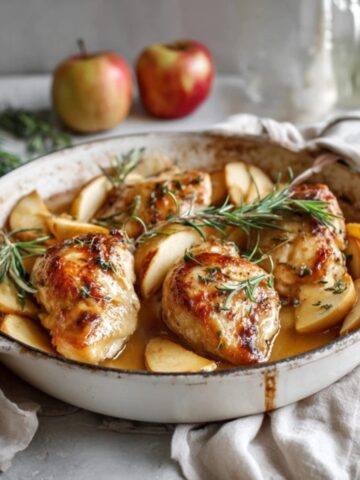
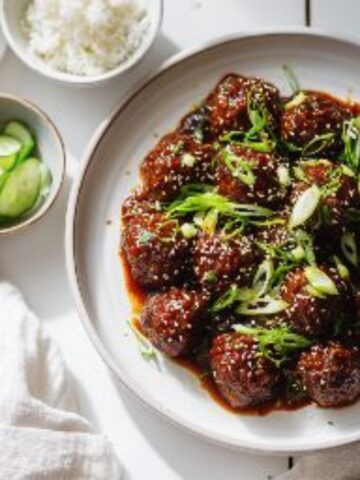
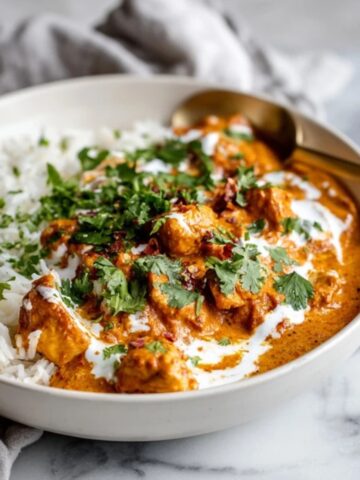
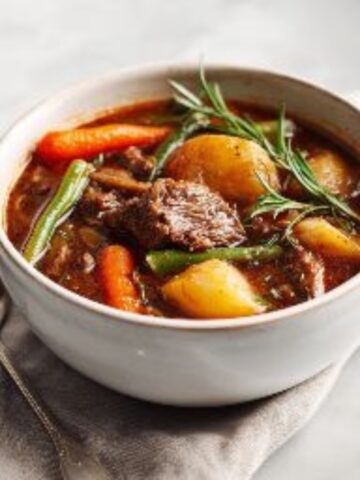
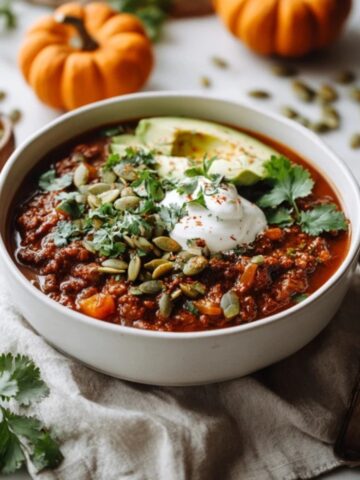
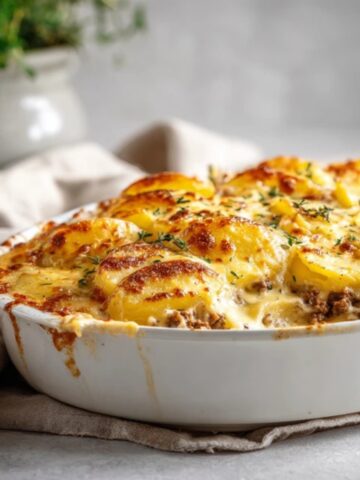
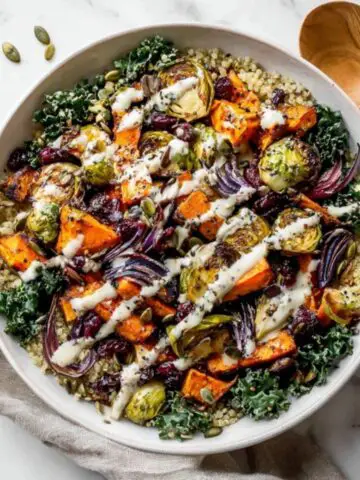
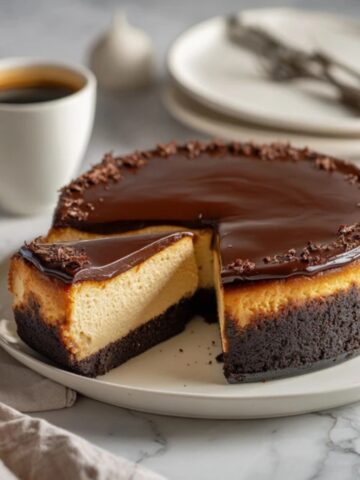
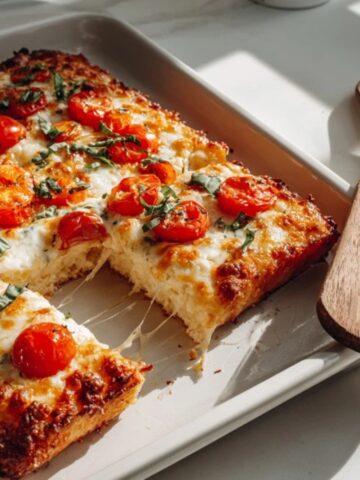
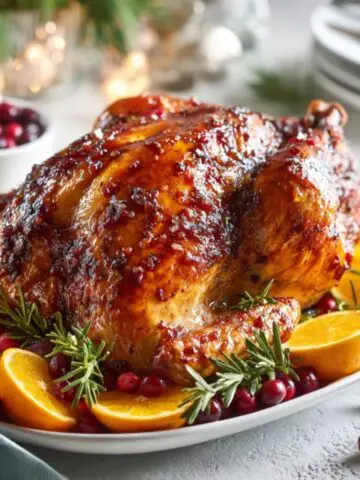
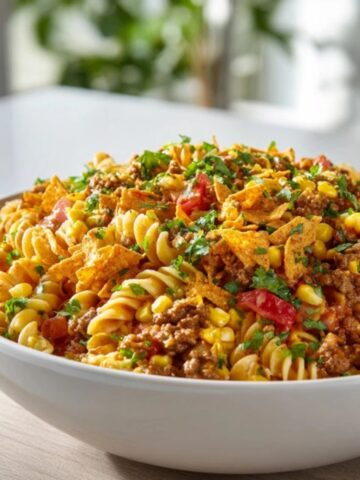
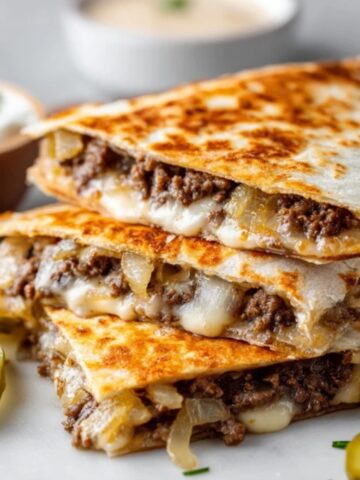
Leave a Reply